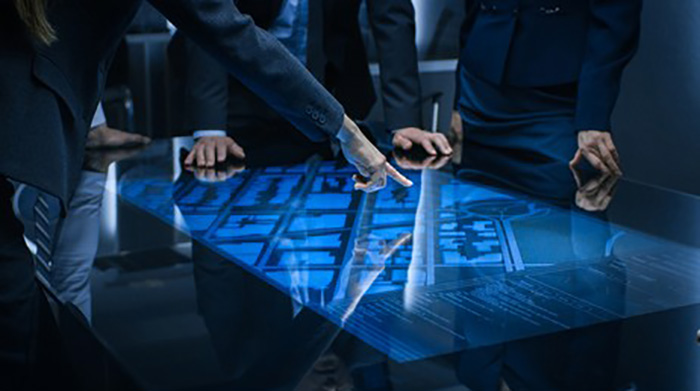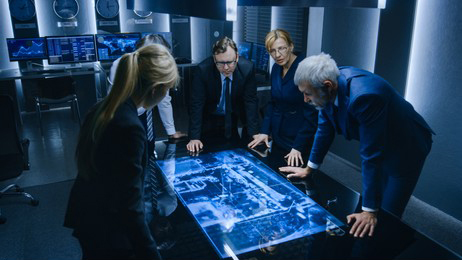Touch screen Table’s Innovations Of Balancing Performance, Price and User Experience

Over the past two decades of working in the touch screen gaming table industry, I have encountered various technologies for large kiosk tables. Some are proprietary and exclusive to a single source, while others, like PCAP (Projected Capacitive) and IR (infrared), are available from multiple suppliers. Although none of these technologies fully replicates the responsiveness and feel of pen and paper when using a stylus, for most touch tables applications, it is not a critical requirement.
Price Of Tables
When considering touch tables options, price becomes a significant factor. IR is typically the most cost-effective, followed by PCAP and other options. However, it is essential to remember that the cost generally reflects the level of performance and features based on your specific criteria.


MULTI-TOUCH
The multi-touch capability is prevalent in multitouch tables. However, it is crucial to note that the software application may not always make use of this capability, rendering it unnecessary in certain cases.
Different multi-touch configurations serve various applications. For instance, single touch is suitable for simple button selection or single-touch panning, while 2-point multi-touch is ideal for applications that require two-finger zooming. More than 2-point multi-touch is often seen in demonstrations but has limited practical applications, with the exception of object recognition and gaming.
User Experience
Responsiveness is a critical aspect of user experience, especially when it comes to pressing buttons or drawing lines. Poor responsiveness can be attributed to the software application or an underpowered PC, impacting user satisfaction.
When it comes to aesthetics, raised bezels on touch-screens, commonly seen in IR touch technologies, can collect dirt and may restrict access to the edges of the display. Some users prefer completely flat surfaces, similar to smartphones and tablets, which are achieved through technologies like PCAP, acoustic wave, and certain proprietary solutions.

Using it presents challenges due to the inherent difference between pen and paper and touch screen surfaces. Stylus types, responsiveness, feeling, resolution, accuracy, and palm rejection are important considerations when incorporating stylus use into smart coffee tables with screen applications.
False touches and palm rejection are issues that need to be addressed, particularly with technologies like IR and PCAP. False touches can be frustrating for users, and palm rejection aims to avoid unintended touches caused by resting hands or sleeves on the screen.
Clarity and light transmissivity are crucial for optimal display quality. Low iron glass without coatings, films, layers, or wires achieves the greatest clarity. PCAP touch displays may use an ITO layer or wires that can slightly reduce light transmissivity.
In summary, when selecting a table with screen, it is essential to evaluate the specific requirements and consider factors such as price, multi-touch capabilities, responsiveness, bezel design, stylus use, false touch prevention, and display clarity. As a seasoned expert in the industry, I prioritize guiding clients to make well-informed decisions that align with their needs and goals.
